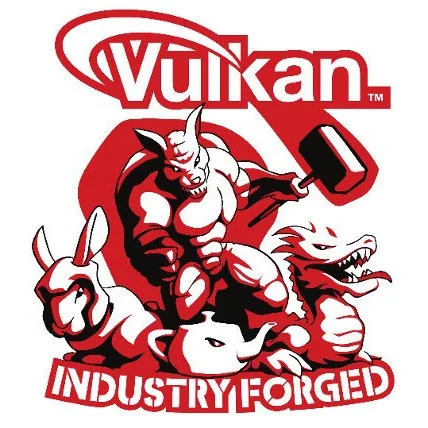SDL3 Introduces A Vulkan Renderer

Development work on SDL 3.0 continues heavy. SDL already works with games built atop the Vulkan API but this new change is about introducing a Vulkan renderer to SDL itself for rendering using its API. Similar to the Direct3D 12 renderer introduced last year, SDL3 Git now has a Vulkan renderer.
This SDL Vulkan renderer was written by Dan Ginsburg who works for Valve as well as his Upsample Software consultancy firm. Ginsburg explained in the SDL pull request:
"This pull request adds an implementation of a Vulkan Render backend to SDL. I have so far tested this primarily on Windows, but also smoke tested on Linux and macOS (MoltenVK). I have not tried it yet on Android, but it should be usable there as well (sans any bugs I missed). This began as a port of the SDL Direct3D12 Renderer, which is the closest thing to Vulkan as existed in the SDL codebase. The shaders are more or less identical (with the only differences being in descriptor bindings vs root descriptors). The shaders are built using the HLSL frontend of glslang.
Everything in the code is pure Vulkan 1.0 (no extensions), with the exception of HDR support which requires the Vulkan instance extension VK_EXT_swapchain_colorspace. The code could have been simplified considerably if I used dynamic rendering, push descriptors, extended dynamic state, and other modern Vulkan-isms, but I felt it was more important to make the code as vanilla Vulkan as possible so that it would run on any Vulkan implementation."
More details for those interested via this SDL PR.
14 Comments

